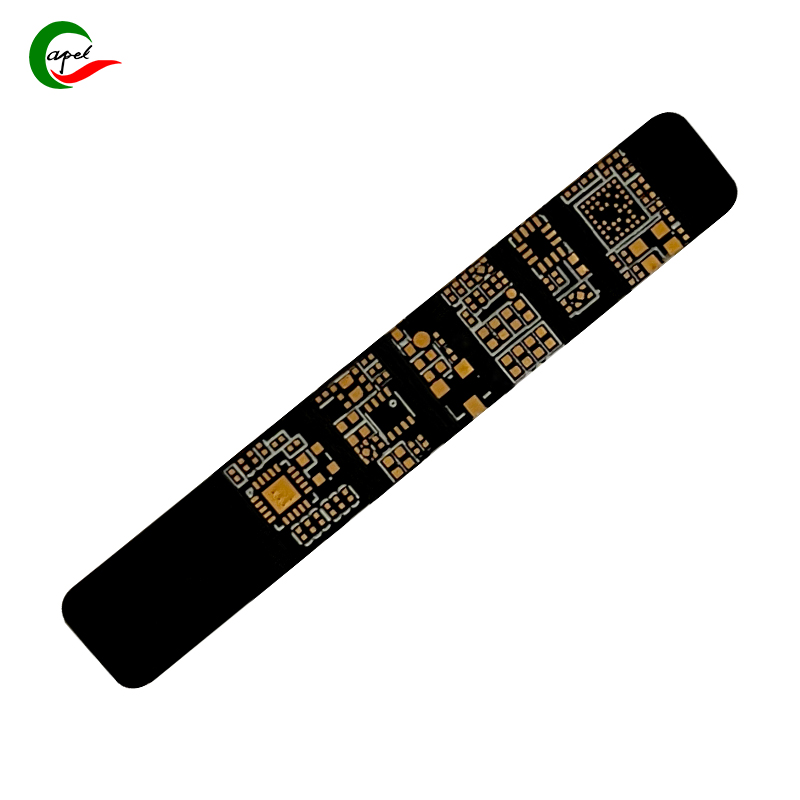In recent years, electric vehicles (EVs) have become increasingly popular as environmentally friendly alternatives to traditional gasoline vehicles. As a result, the demand for electric vehicle charging stations has also increased significantly. These charging stations play a vital role in the widespread adoption of electric vehicles as they provide owners with a convenient and fast way to charge their vehicles. But how do you prototype a printed circuit board (PCB) for these charging stations? In this blog post, we will explore this topic in detail and discuss the feasibility and benefits of prototyping PCBs for electric vehicle charging stations.
Prototyping a PCB for any application requires careful planning, design, and testing. However, for electric vehicle charging stations, the risks are even greater. These charging stations must be reliable, efficient and able to handle high-power charging. Therefore, designing a PCB for such a complex system requires expertise and understanding of the specific requirements for EV charging.
The first step in prototyping an electric vehicle charging station PCB is to understand the functional requirements of the system. This includes determining power requirements, security features, communications protocols and any other special considerations. Once these requirements are determined, the next step is to design circuits and components that meet these requirements.
A key aspect of designing an EV charging station PCB is the power management system. The system is responsible for converting AC power input from the grid into the appropriate DC power needed to charge the EV batteries. It also handles various safety features such as overcurrent protection, short circuit protection, and voltage regulation. Designing this system requires careful consideration of component selection, thermal management, and circuit layout.
Another important factor to consider when designing a PCB prototype for an electric vehicle charging station is the communication interface. Electric vehicle charging stations typically support various communication protocols such as Ethernet, Wi-Fi or cellular connections. These protocols enable remote monitoring, user authentication, and payment processing. Implementing these communication interfaces on the PCB requires careful design and integration with the power management system.
For electric vehicle charging stations, safety is the primary concern. Therefore, PCB designs must include features that ensure safe and reliable operation. This includes electrical fault protection, temperature monitoring and current sensing. Additionally, PCBs should be designed to withstand environmental factors such as moisture, heat, and vibration.
Now, let’s discuss the benefits of prototyping a PCB for an electric vehicle charging station. By prototyping PCBs, engineers can identify design flaws and make improvements before mass production. It tests and verifies the charging station’s circuitry, functionality and performance. Prototyping can also evaluate different components and technologies to ensure the final design meets the required specifications.
Additionally, prototyping PCBs for electric vehicle charging stations allows for customization and adaptation to specific requirements. As electric vehicle technology evolves, charging stations may also need to be updated or retrofitted. With a flexible and adaptable PCB design, these changes can be easily incorporated without the need for a complete redesign.
In summary, EV charging station PCB prototyping is a complex but critical step in the design and development process. It requires careful consideration of functional requirements, power management systems, communication interfaces, and security features. However, the benefits of prototyping, such as identifying design flaws, testing functionality, and customization, outweigh the challenges. As the demand for electric vehicle charging stations continues to grow, investing in these charging station prototype PCBs is a worthwhile endeavor.
Post time: Oct-28-2023
Back







